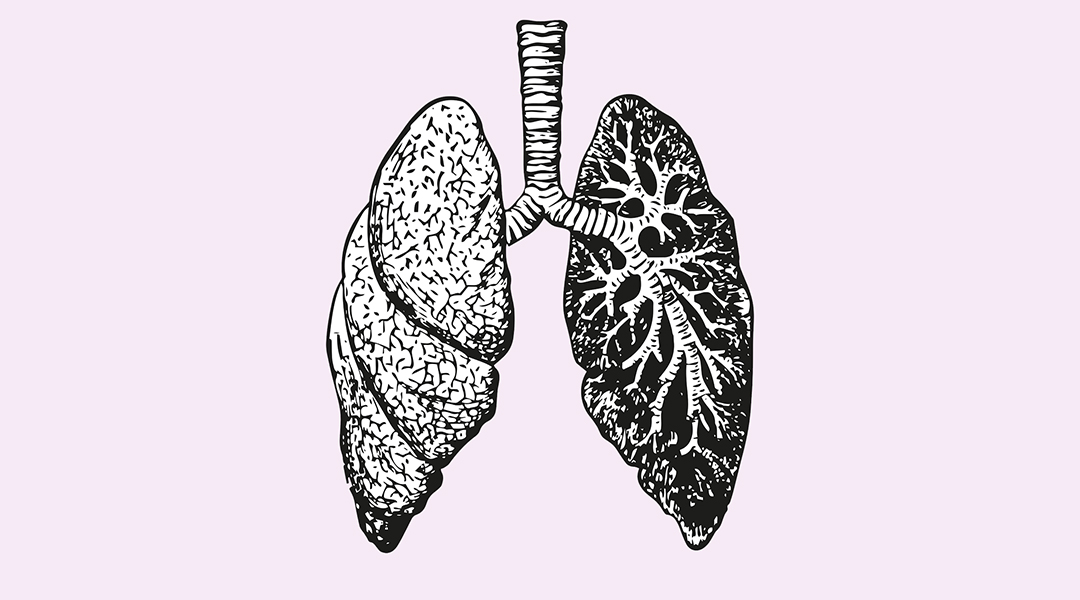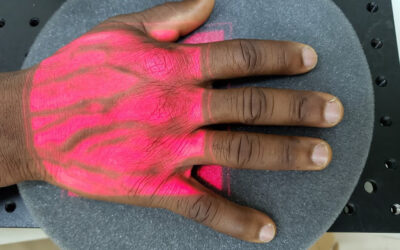Since the onset of the COVID-19 pandemic, respiratory disease and its detection have become major global concerns. With COVID-19 causing around 6.7 million confirmed deaths as of January 2023, according to the World Health Organisation (WHO), the detection, diagnosis, and prevention of diseases has never seemed more important.
In addition to COVID, lung cancer remains a leading cause of death worldwide, while respiratory ailments, like chronic obstructive pulmonary disease (COPD) and asthma, severely limit the quality of life of sufferers and incur expenses for healthcare systems.
Currently, detecting and monitoring respiratory illness rely on a range of methods, including physical examination, blood gas analysis, lung imaging, bronchoscopy, and laboratory examinations. All of these tests require visiting a hospital, and many are invasive or intrusive.
The fact that exhaled breath can contain markers that indicate disease means that it could potentially be used as a non-invasive, convenient, and effective test for a range of respiratory conditions. Conducting breath testing on the go could eliminate the need for visits to medical professionals, thereby facilitating better personalized health management.
Non-invasively detecting respiratory diseases
In a recent paper published in Advanced Sensor Research, a team of scientists, which included Qiaofen Chen from the Lab of Nanomedicine and Omic-Based Diagnosis in the Department of Chemistry at Zhejiang University, China, presents a mobile E-Nose prototype for detecting volatile compounds in exhaled breath.
“The device proposed in this work is a hand-held E-Nose prototype for non-invasive breath analysis,” explained Chen. “The E-Nose device is designed to be portable and easy to use and aims to provide a non-invasive and convenient way for personalized real-time daily health management.”
The device consists of three main components. Firstly, the E-Nose has a gas storage unit for collecting breath samples. The next major component is a gas detection unit, which coonsists of a micro-pump for gas delivery, a graphene-based gas sensor array capable of detecting and cross-reacting with a wide variety of volatile compounds, and an analogue-to-digital converter that outputs digital signals.
The third major component is a data transmission and analysis unit, responsible for recording the data generated from the sensor array and analyzing it using machine learning algorithms to identify breath patterns that may be linked with health status.
According to Chen, the eight sensing materials in the array help to limit some of the sensitivity issues other breath analyzers, enhancing the accuracy of diagnosis. The overall design of the E-Nose ensures a portable and user-friendly device, especially when compared to large-scale breath analysis equipment such as gas chromatography-mass spectrometers.
Of course, an ergonomic design wouldn’t be much consolation if the E-Nose didn’t perform as intended, but fortunately, provisional testing suggests that this is not the case.
Testing out the E-Nose
Chen expressed optimism about the proposed E-Nose, stating that it has demonstrated significant potential in analyzing respiratory diseases. In the paper, Chen and colleagues report that, in an online breath test study with 401 cases, the E-Nose distinguished patients with respiratory diseases from healthy individuals with an overall accuracy exceeding 80%.
They added that they achieved an accuracy of over 85% in classifying breath samples between patients with chronic obstructive pulmonary disease and healthy individuals. “We were surprised to find that the E-Nose prototype was able to detect different subtypes of respiratory disease based on the patterns of volatile compounds in the breath samples,” Chen said.
“This is significant because it suggests that the E-Nose prototype has the potential to assist in personalized treatment planning for individuals with respiratory disease,” he continued. Moreover, the breath analysis method could potentially extend beyond the detection of respiratory ailments.
“The presence of certain chemicals or compounds in the breath can indicate the presence of certain diseases or conditions,” Chen said. “For example, high levels of acetone in the breath can indicate uncontrolled diabetes, high levels of ammonia can indicate liver or kidney problems and high levels of nitric oxide can indicate airway inflammation.”
However, he was quick to stress this isn’t a complete panacea for disease detection. “In most cases, there are no specific single biomarkers in exhaled breath that are directly related to disease,” Chen added. “We can only observe disease-related differences in overall gas fingerprint, including the type, concentration, and relative abundance of characteristic molecules.”
Chen said that to verify the accuracy of the E-Nose, the device must first be further tested with larger and more diverse test groups. The team is also currently working to improve the sensitivity of the sensor array to achieve much higher accuracy and push the E-Nose to wider applications.
“It is very important to finalize the design of the sensor array and device operation procedure, which will determine the consistency of the test data. This can help to ensure consistency of results and facilitate comparisons between studies,” Chen concluded. “Thirdly, regulatory approval. The E-Nose prototype will need to be approved by the relevant authorities to ensure that it meets certain quality and safety standards.”
Reference: Chen. Q., et al., A Mobile E-Nose Prototype for Online Breath Analysis, Advanced Sensor Research (2023), DOI: 10.1002/adsr.202300018
Feature image credit: Yourialka on Pixabay

















